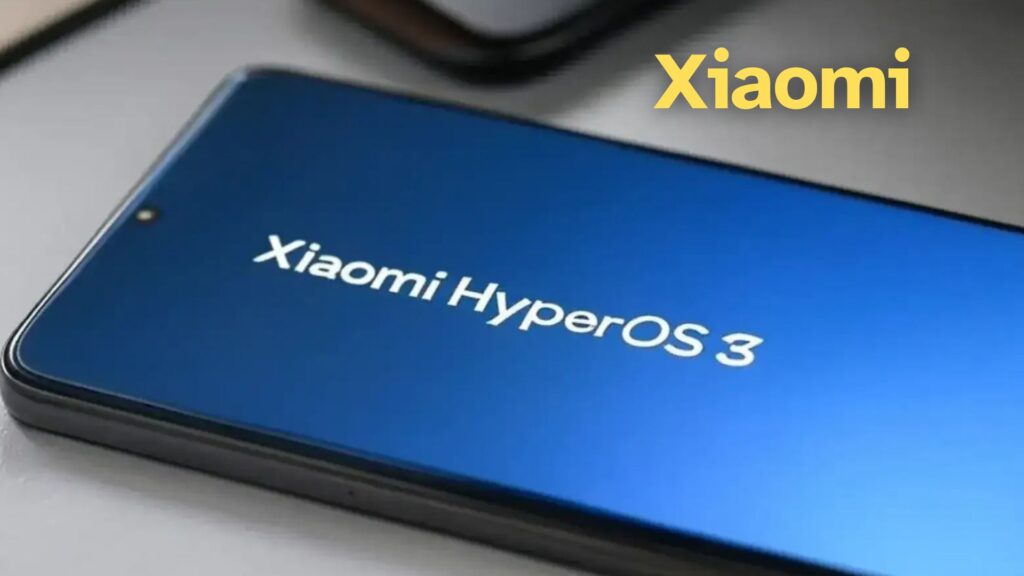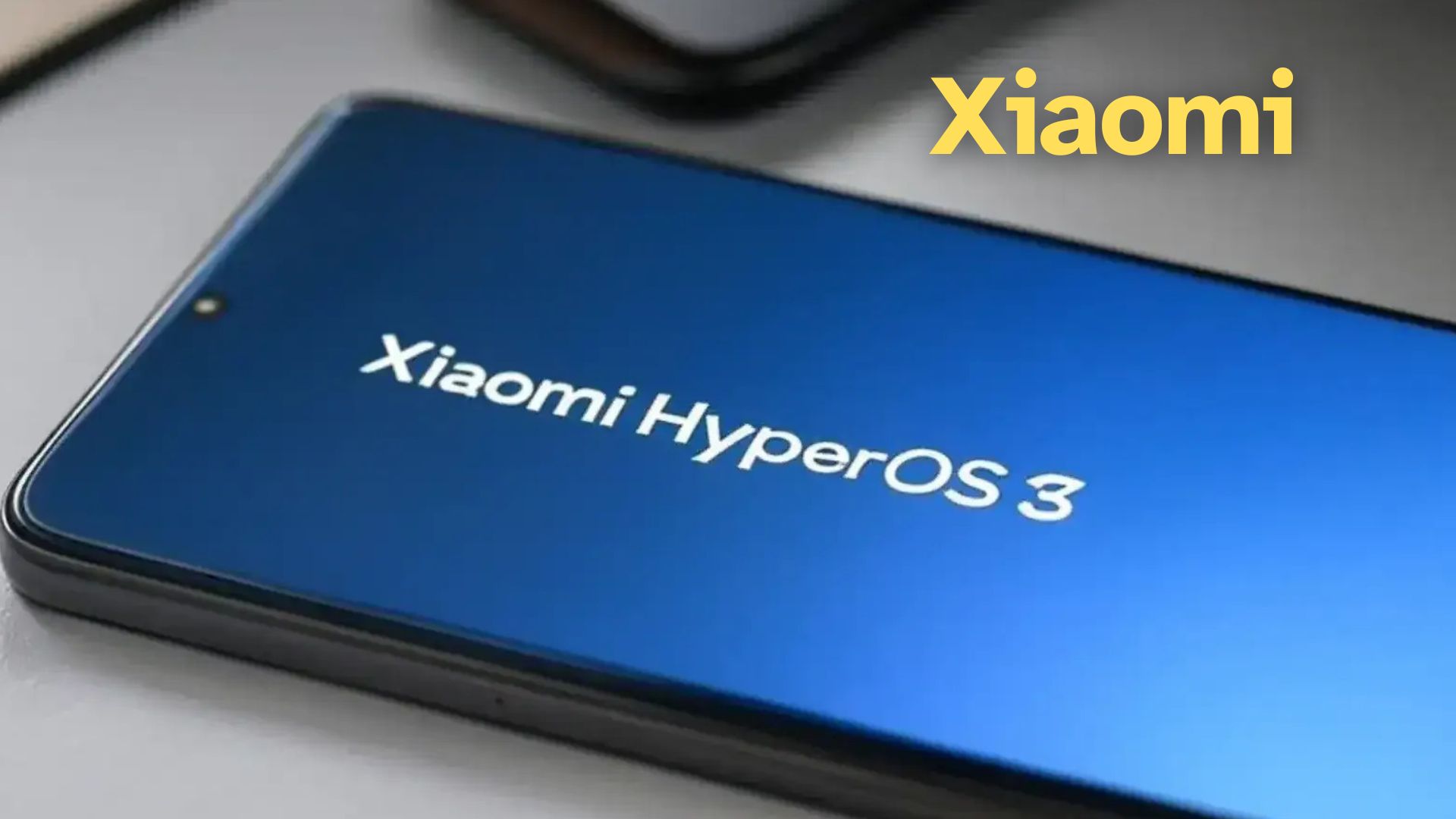Xiaomi is gearing up for the next major iteration of its proprietary OS HyperOS 3, built atop Android 16. While Xiaomi has yet to issue an official announcement, credible tech insiders suggest development is now in full swing. Reports indicate that Xiaomi has wrapped up HyperOS 2 and is now focusing its full resources on the upcoming version. Below is an in-depth exploration of the rumored release timeline, expected enhancements, and a comprehensive list of devices that may be eligible. This article also includes a concise summary, frequently asked questions, and meta information for SEO.

HyperOS 3 Release Timeline (Rumors and Industry Expectations)
Based on insight from the respected Chinese leak source Digital Chat Station, Xiaomi plans to initiate beta testing for HyperOS 3 in August 2025. Beta phases commonly last several weeks, so industry observers anticipate that the stable release built on Android 16 could begin rolling out in late September or early October 2025. It is critical to note that these timelines remain speculative until Xiaomi provides official confirmation.
Vertical Summary Table
Item |
Details |
|---|---|
Platform |
HyperOS 3 (based on Android 16) |
Beta Release Window |
Expected August 2025 (preliminary, unconfirmed) |
Stable Release Window |
Late September to October 2025 (rumored) |
Key Enhancements |
Smoother animations, updated UI, better resource management, enhanced stability |
Likely Eligible Devices |
Selected Xiaomi, Redmi, and POCO models (see full list above) |
Official Info Source |
Xiaomi’s official website or press releases |
What HyperOS 3 May Deliver: Expected Features
Though Xiaomi has not released formal details, rumors point to key enhancements focused on performance, fluidity, and overall user experience:
-
Smoother system animations: Reduced lag and stuttering in system-wide transitions and interactions.
-
Refreshed UI design: Interface updates that may include revamped notifications, quick settings, and visual aesthetics for more intuitive navigation.
-
Enhanced resource management: Smarter RAM and CPU utilization enabling better multitasking, longer battery life, and overall system stability.
-
Performance optimization: Improved responsiveness, faster app launches, and reduced background resource draw even on older supported devices.
These prospective improvements reflect Xiaomi’s commitment to delivering a more polished and resilient software experience.
Unofficial Full List of Eligible Devices
Below is the device list, based on patterns in Xiaomi’s software-update strategy rather than official confirmation. If HyperOS 2 eligibility is any guide, these models are among those most likely to receive HyperOS 3.
Xiaomi-branded Devices
-
Flagship series: 15, 15 Pro, 15 Ultra, 15S Pro
-
Prior-gen flagships: 14, 14 Pro, 14 Ultra, 14 Civi
-
Midrange/Plus models: 14T, 14T Pro
-
13 series: 13, 13 Lite, 13 Pro, 13 Ultra
-
13T series: 13T, 13T Pro
-
12 family: 12, 12 5G, 12 Pro, 12 Pro (Dimensity), 12 Lite, 12 Lite NE
-
12S series: 12S, 12S Pro, 12S Ultra
-
Tablets: Pad 7, Pad 7 Pro, Pad 6S Pro, Pad 6 Pro
-
Foldables: MIX Flip, MIX Flip 2; MIX Fold 2, MIX Fold 3, MIX Fold 4
Redmi Devices
-
Note 14 series: Note 14 (4G/5G), Note 14 Pro, Note 14 Pro+
-
Note 13 series: Note 13 (4G/5G), Note 13 Pro, Note 13 Pro+, Note 13 R, Note 13 R Pro
-
Other Redmi phones: Note 12 4G, Note 12 4G (NFC), Note 12S, Note 12 Turbo, Note 12T Pro; Redmi 15, 15 4G, 15C, 15C 4G; Redmi 14C, 14C 5G; Redmi 13, 13C; Redmi 12; Redmi A5 4G, A4 5G, A3 Pro
-
K-series: Redmi K80, K80 Pro; K70, K70 Pro, K70 Ultra, K70E; K60, K60 Pro, K60 Ultra, K60E; K50 Ultra
-
Turbo and Pads: Redmi Turbo 3, Turbo 4; Redmi K Pad, Pad SE, Pad Pro, Pad SE 8.7, Pad Pro 5G
POCO Devices
-
F7 series: Poco F7, F7 Pro, F7 Ultra
-
F6 series: Poco F6, F6 Pro
-
F5 series: Poco F5, F5 Pro
-
X series: Poco X7, X7 Pro, X7 Pro (Iron Man edition)
-
X6 series: Poco X6 5G, X6 Pro 5G
-
M series: Poco M7 series (M7, M7 4G, M7 Plus, M7 Pro 5G); Poco M6 series (M6, M6 Pro in 4G/5G)
-
C series: Poco C75, C75 4G; Poco C65
This list is unofficial; final eligibility will depend on internal Xiaomi rollout plans and official announcements.
Official Site
[Link to Xiaomi’s official news or support page] (Please replace with actual URL once available.)
Frequently Asked Questions (FAQs)
Q. Is HyperOS 3 officially announced by Xiaomi?
A. No. There has been no official confirmation yet. All release dates and feature lists currently stem from leaks and industry speculation.
Q. When will HyperOS 3 go live?
A. Rumors suggest beta testing in August 2025, with a stable release in late September to October 2025. These dates are unconfirmed.
Q. Which devices will receive HyperOS 3?
A. The unofficial list includes a wide range of Xiaomi, Redmi, and POCO phones and tablets. The final eligibility list will be confirmed by Xiaomi.
Q. What improvements can users expect?
A. Reports anticipate smoother UI animations, interface enhancements, better resource handling, faster performance, and improved stability.
Q. How can I check if my device is eligible?
A. Keep an eye on Xiaomi’s official support channels and update logs once HyperOS 3 is formally released. Availability will likely vary by region and device.
Final Thoughts
While anticipation is high, it’s important to remember that all timelines, features, and device eligibility lists remain speculative until Xiaomi issues an official statement. For the most accurate and timely information, keep an eye on Xiaomi’s official website, news updates, and social media channels. Once HyperOS 3 is formally announced, you can expect release schedules, supported device lists, and feature breakdowns to be confirmed.
For More Information Click Here









